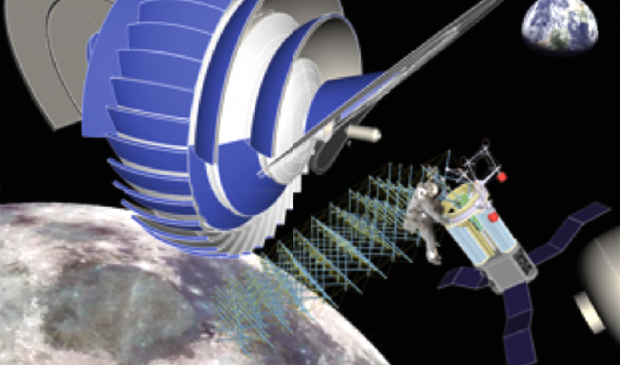
Breaking News
 Tuesday War Room LIVE: Trump Set to Shatter Deportation Record by End of First Year…
Tuesday War Room LIVE: Trump Set to Shatter Deportation Record by End of First Year…
 Parallel Polis Reborn: Freeing the Market through Decentralized Technologies
Parallel Polis Reborn: Freeing the Market through Decentralized Technologies
 Amazon goes nuclear with new modular reactor plant
Amazon goes nuclear with new modular reactor plant
 The alarming reality EXPOSED by the global internet meltdown... and why Amazon's crash...
The alarming reality EXPOSED by the global internet meltdown... and why Amazon's crash...
Top Tech News
 3D Printed Aluminum Alloy Sets Strength Record on Path to Lighter Aircraft Systems
3D Printed Aluminum Alloy Sets Strength Record on Path to Lighter Aircraft Systems
 Big Brother just got an upgrade.
Big Brother just got an upgrade.
SEMI-NEWS/SEMI-SATIRE: October 12, 2025 Edition
 Stem Cell Breakthrough for People with Parkinson's
Stem Cell Breakthrough for People with Parkinson's
 Linux Will Work For You. Time to Dump Windows 10. And Don't Bother with Windows 11
Linux Will Work For You. Time to Dump Windows 10. And Don't Bother with Windows 11
 XAI Using $18 Billion to Get 300,000 More Nvidia B200 Chips
XAI Using $18 Billion to Get 300,000 More Nvidia B200 Chips
 Immortal Monkeys? Not Quite, But Scientists Just Reversed Aging With 'Super' Stem Cells
Immortal Monkeys? Not Quite, But Scientists Just Reversed Aging With 'Super' Stem Cells
 ICE To Buy Tool That Tracks Locations Of Hundreds Of Millions Of Phones Every Day
ICE To Buy Tool That Tracks Locations Of Hundreds Of Millions Of Phones Every Day
 Yixiang 16kWh Battery For $1,920!? New Design!
Yixiang 16kWh Battery For $1,920!? New Design!
 Find a COMPATIBLE Linux Computer for $200+: Roadmap to Linux. Part 1
Find a COMPATIBLE Linux Computer for $200+: Roadmap to Linux. Part 1
Think and plan a lot bigger in space as the SpaceX BFR will give 1000 times old...

SpaceX is rapidly changing what is possible in space. Instead of taking 40 launches over a decade to build the 400-ton space station, we could have 1000 launches in a year from ten fully reusable SpaceX BFRs that would place 150,000 tons into space. The 1000 SpaceX BFR launches would cost $10 billion versus $40 billion for the space shuttle launches of the International space station.
We will be getting 1000 times the capability in space.
The most technically challenging aspect of designing a growth-capable space habitat is growing the pressure hull. One method of growing a torus-shaped pressure hull is illustrated in the animation shown here. In this method a new folded pressure hull is constructed inside the existing pressure hull. When the new hull has been pressure tested, the existing hull is removed and the material recycled. The new pressure hull is then expanded by a controlled release of the restraining cables. The animation shows one way of folding the new pressure hull to enable proportional growth where every facet of the torus grows by the same proportion, resulting in a uniformly scaled expansion.



